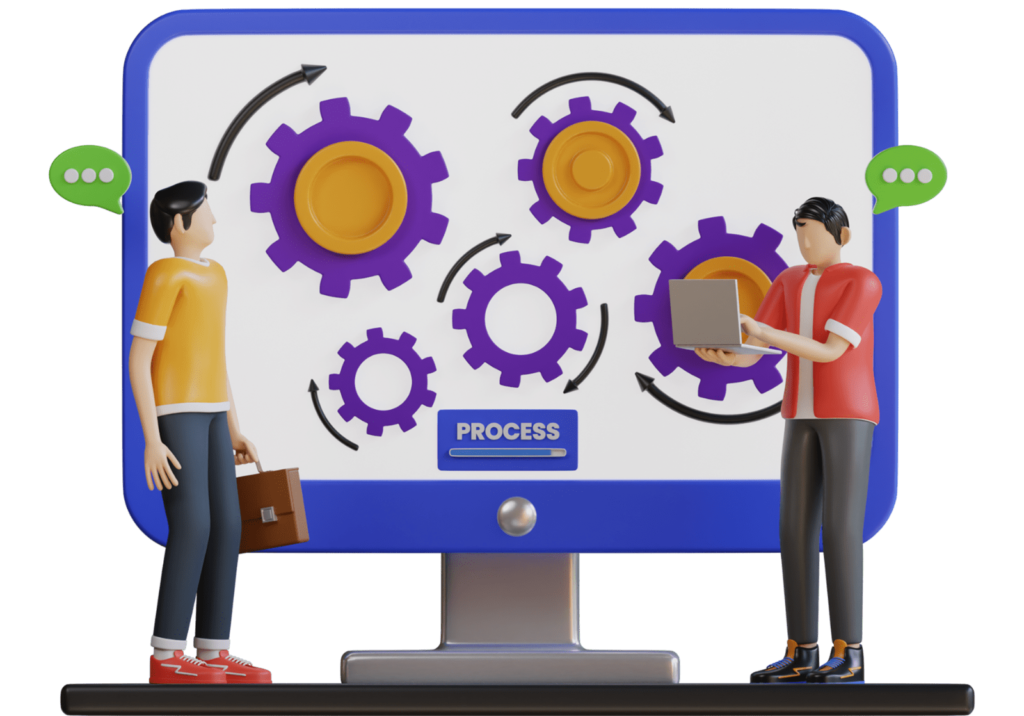How We Work
Our Strategy

Working Steps to Organize Our Designing Projects
Organizing design projects is important to achieve efficiency, meet deadlines, and deliver high-quality work. Whether you’re a solo designer or part of a design team, following a structured approach can make a significant difference. Here are the essential steps that we follow to effectively organize our designing projects.
01
Define the Project Scope
Start by clearly defining the project's objectives, goals, and requirements. What is the project's purpose, target audience, and expected outcomes? Establish a comprehensive scope document to serve as a reference throughout the project.
02
Create a Project Timeline
Develop a timeline or project schedule that outlines key milestones, deadlines, and dependencies. This will help you and your team stay on track and manage your time effectively.
03
Gather Resources
Identify the resources you need for the project, including design software, tools, and any external assets. Ensure that your team has access to all the necessary resources to prevent delays.
04
Assemble Your Team
When collaborating with a team, delegate specific roles and responsibilities to each team member. Clearly define who will handle design, copywriting, coding, and any other necessary tasks. Effective communication and collaboration are essential.
05
Set a Budget
Determine the project's budget, considering factors like design software licenses, stock images, or any other expenses. Staying within budget is crucial for project success.
06
Wireframing and Planning
Create wireframes, mockups, or prototypes to visualize the project's structure and layout. This step ensures that you have a clear blueprint for the final design.
07
Start Designing
Begin the design process based on the wireframes and project scope. Consider feedback from stakeholders and clients to refine the design as you progress.
08
Regular Check-Ins
Schedule regular check-in meetings with your team or clients to review progress, discuss any issues, and make necessary adjustments. Open and clear communication is key.
09
Quality Assurance
Thoroughly review and test the design to ensure it meets all requirements and is error-free. This may involve checking for consistency, responsiveness, and functionality, depending on the project.
10
Client Approval
Present the design to the client or stakeholders for approval. Address any feedback or revisions promptly to maintain project timelines.
11
Finalize and Deliver
After receiving approval, make any final adjustments, and prepare the project for delivery. Ensure all design assets are well-organized and ready for deployment.
12
Project Closure
Once the project is delivered and approved, formally close it out. Perform a project assessment to pinpoint successes and areas for improvement to enhance future projects. Proper documentation is essential for future reference and learning.
By following these steps, we streamline our design projects, minimize potential issues, and ensure that our work is organized and successful. Effective organization is the cornerstone of delivering outstanding design results, meeting client expectations, and fostering a positive reputation in the industry.
